The new trains, expected to start operating by the end of 2028, will offer more space, comfort, and innovative features for passengers.
The new S-Bahn trains will be fully continuous – without separate carriages – spanning more than 200 metres in length, a first in Germany. This will accommodate up to 1,841 passengers, providing ample space for the city’s growing transportation demands.
The trains will also have wide doors and entry areas to facilitate quick boarding and alighting. Folding seats will automatically lock depending on the passenger load to create more space and multipurpose areas will accommodate bicycles, prams, luggage, and mobility aids.
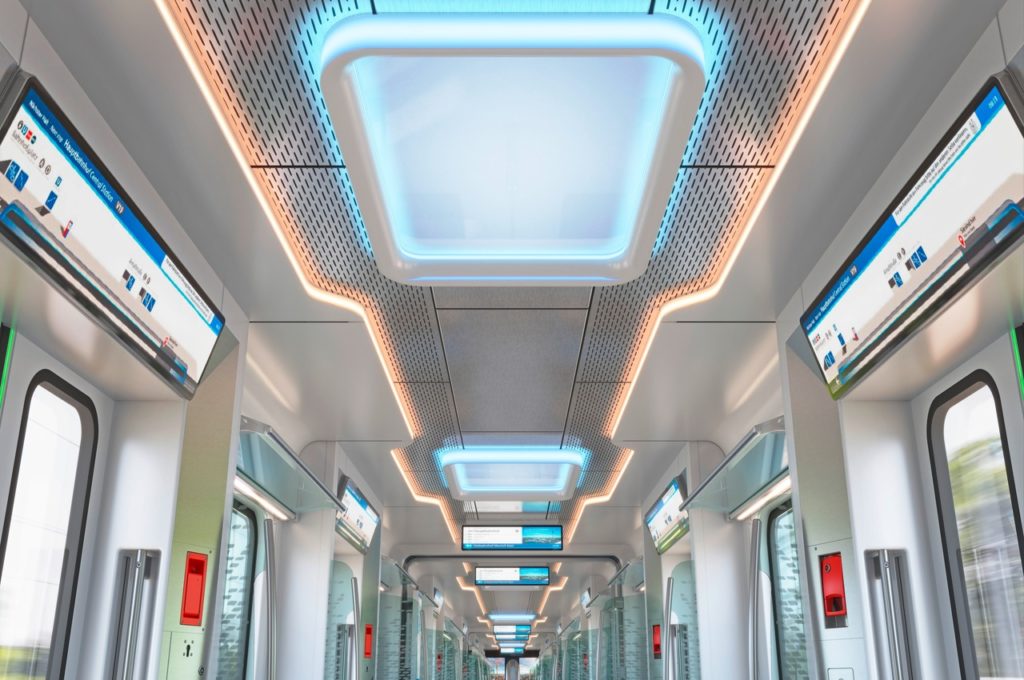
Wheelchair spaces will be available at both ends of the train, and Bluetooth connectivity will assist passengers with hearing impairments.
READ ALSO: Could Germany’s newest and fastest ICE train put an end to delays?
The new trains will also also offer a number of features designed to make travelling more comfortable, such as LED lighting that adjusts to the time of day, and seating areas that offer extra legroom. Wi-Fi, USB and conventional power outlets, and plenty of storage space, will also be available on the train.
The passenger information system will also see significant improvements as displays inside and outside the train will show route information, station details, and current occupancy.
The new trains will cost €2 billion in total and will be built by Siemens Mobility, which won the contract through a Europe-wide tender.
Michael Peter, CEO of Siemens Mobility, said: “Siemens Mobility is very proud to be able to deliver Munich the most innovative suburban trains in Germany. With unprecedented digital features, the highest passenger comfort, environmental protection, and operational safety, this S-Bahn will set new standards for the mobility transition in Germany.”
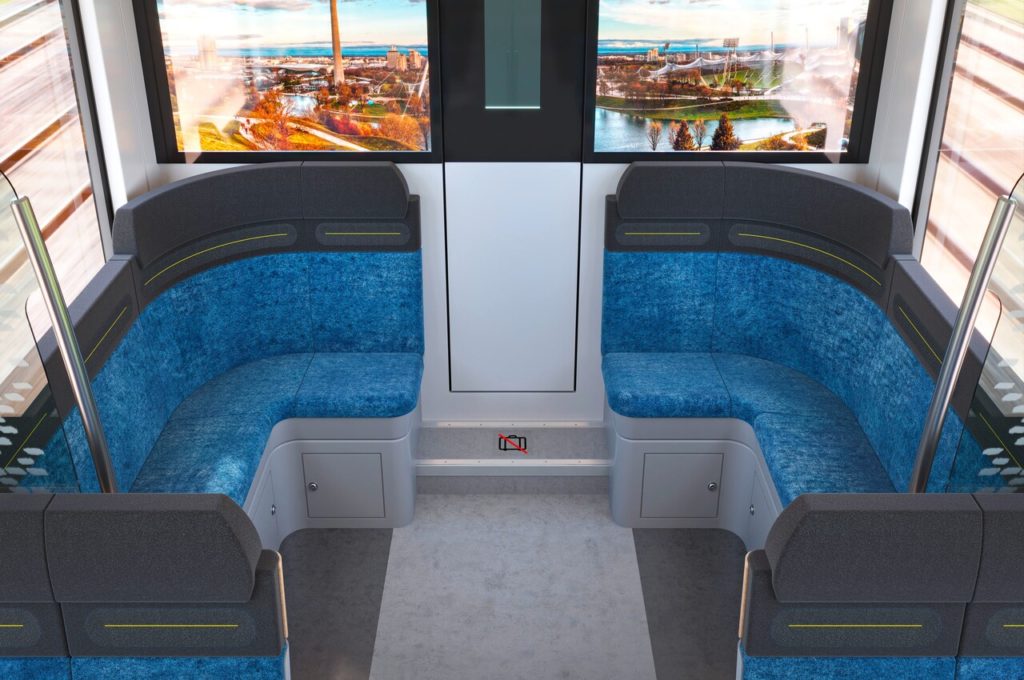
Bavarian Minister of Transport Christian Bernreiter called the project “a huge step towards even more climate-friendly mobility in the largest metropolitan area in Bavaria.”
With new trains, which will benefit two-thirds of all public transport passengers in Bavaria, he said: “We are ushering in a new era and bringing the Munich S-Bahn into the future.”

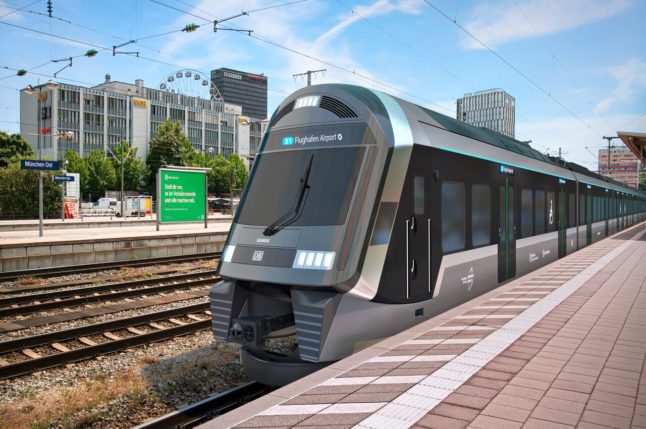
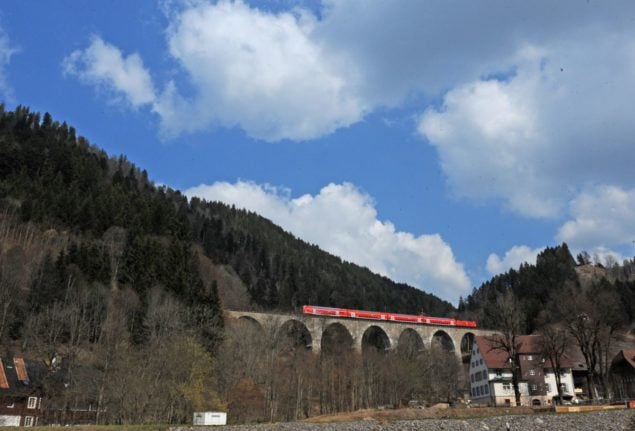
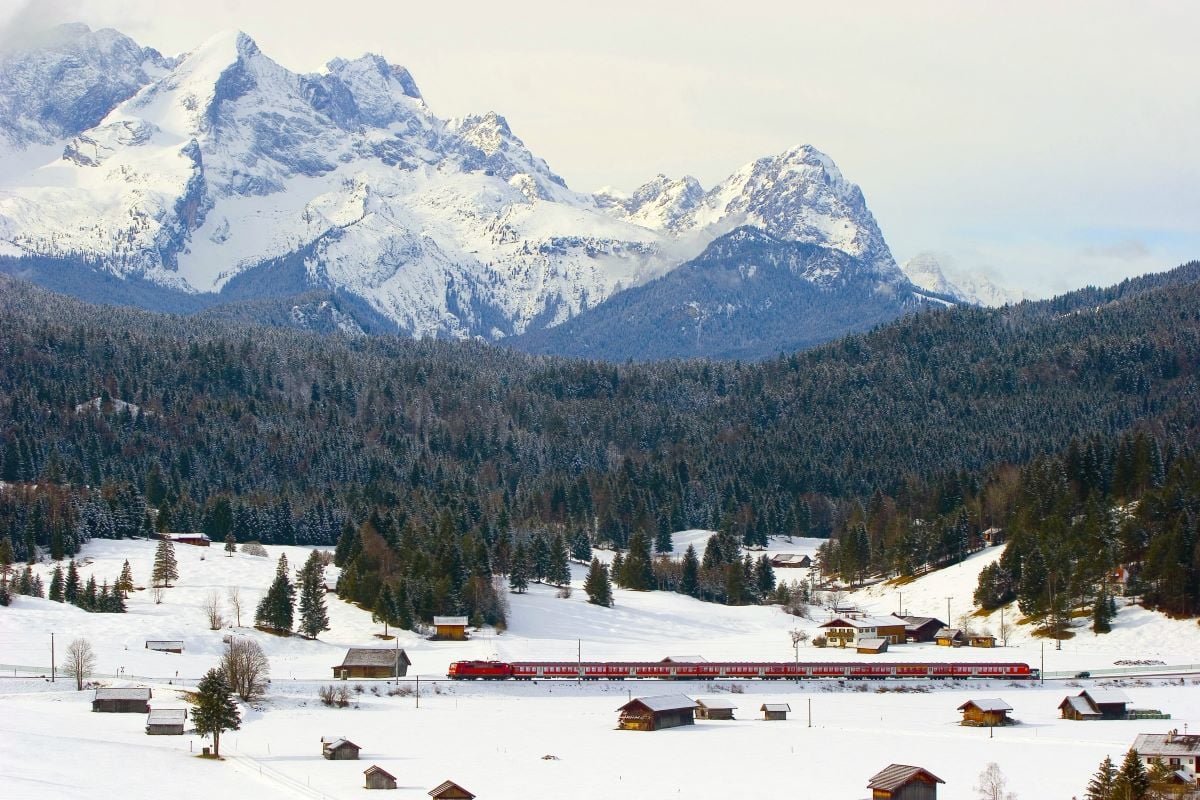

 Please whitelist us to continue reading.
Please whitelist us to continue reading.
Member comments